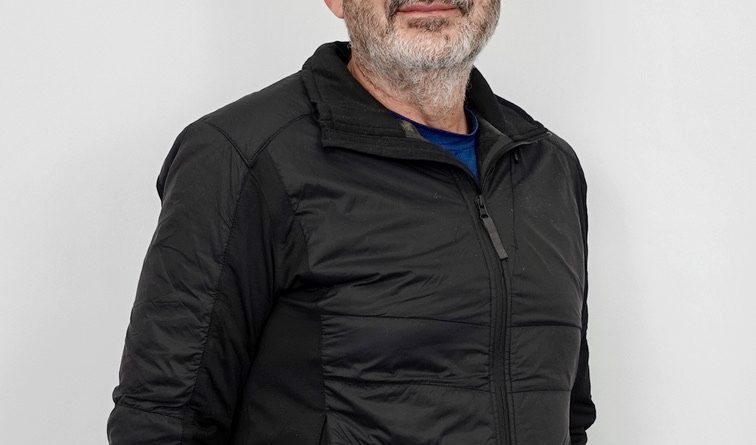KD Celebrates ZF Implementing 10GBASE-AU Port with KD’s KD7251 Transceiver Optical Multigigabit Ethernet Enters Software-defined Vehicles
KD, a fabless semiconductor company, proudly announced a technical collaboration with ZF Group, a Germany-based global technology company, to integrate their KD7251 transceiver into ZF’s ProAI ECU. The companies are working together to further enable ZF’s ProAI high-performance computer with optical multigigabit communications capabilities. With the KD7251, KD provides the first optical transceiver to allow the transmission of data via automotive-grade optical fibers by the IEEE 802.3cz standard. Oliver Briemle, Head of Cross-Domain Computing at ZF, is convinced that optical multigigabit Ethernet offers considerable advantages for various vehicle classes:
“At ZF, we’ve identified this ultra-fast transmission as a key technology for future vehicle electrical systems. The technology enables short- and long-distance transmissions of up to 40 meters for cars and commercial vehicles. Test results show that optical multigigabit Ethernet is a versatile and future-proof solution for data communications.”
Solving Data Transmission Challenges in Vehicles
Implementing KD’s high-speed connectivity over fiber optics by ZF Group is a significant milestone in converting the IEEE Std 802.3cz specifications into real products and applications. Carlos Pardo, CEO and Co-founder of KD, confirmed strongly:
“At KD, we’re excited to contribute to this evolution with our automotive optical transceiver KD7251, which supports the IEEE Std 802.3cz standard and enables multigigabit communications with multi-mode glass optical fiber. This latest implementation in mainstream automotive networking further verifies our vision and path of utilizing fiber optics communications to solve connectivity challenges in harsh environments.”
Enabling Multigigabit Communications in Automotive Systems
KD’s latest transceiver KD7251 implements the BASE-AU physical layers and complies with the IEEE Std 802.3cz™ standard specification for automotive multigigabit optical communications over glass optical fiber links. It is a single-chip solution with the on-chip optical interface, supporting 2.5, 5, and 10 Gb/s. The transceiver includes bridging functionalities to enable the connectivity of MIPI sensors, as cameras and radar (CSI-2®), displays (DSI-2℠), or AI processors (PCIe®) in the vehicle.
The KD7251 reaches 40 meters with four inline connectors over standard duplex OM3 multi-mode glass optical fiber (MM-GOF) at 10 Gb/s in the whole temperature range. The same cables and connectors will be reused for higher bitrates (25, 50 Gb/s, and higher in the future). With its integrated EMC shielding, the KD7251 transceiver guarantees the highest component-level EMC compliance without needing external additions. This translates into a port with a small PCB area and a reduced Bill of Materials (BOM), with no need for ESD protections, common mode chokes, EMI filters, or DC blocks.
As a native automotive part, the KD7251 supports MACsec, ASIL-B FuSa, TSN, Wake-up & Sleep, OAM, and dependability functions. Thus, the transceiver enables a broad range of use cases with optical technology, such as multigigabit Ethernet backbone, zonal gateway connectivity, smart antenna link, and connectivity for radars, cameras, lidar, displays, and high-performance computing units.

